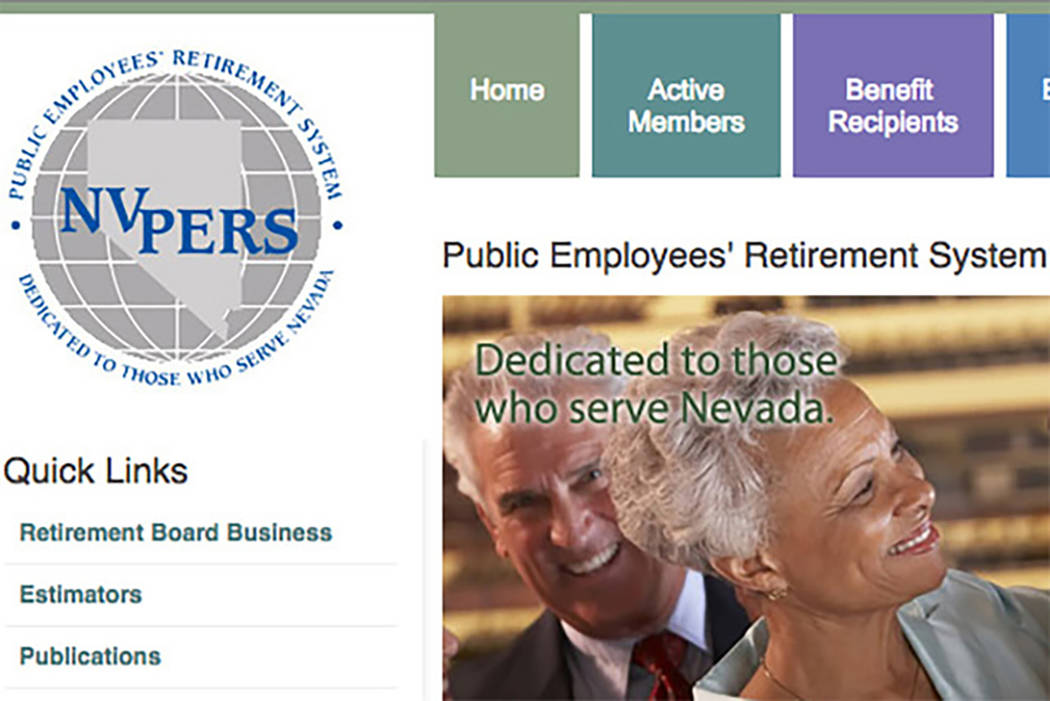EDITORIAL: Nevada PERS overwhelmingly funded by government contributions
The Nevada Public Employees’ Retirement System relies more on government contributions than any state but Utah, according to data from the Census Bureau’s 2018 Annual Survey of Public Pensions.
The numbers reveal some sobering realities for Nevada taxpayers.
In Nevada, 92.1 percent of public pension contributions come directly from government agencies. Utah has the highest rate at 94.1 percent. The lowest is Montana at 52 percent. These obligations make up a significant portion of government budgets. The Census Bureau reported that Nevada governments spent $1.7 billion on pension contributions last year. Employees directly contributed $147 million.
For context, Nevada’s annual general fund is around $4.4 billion annually. The Clark County School District’s annual general fund was $2.4 billion last year. Pension contributions represent a significant share of government spending.
Nevada’s system is designed for the employer and employee to share contribution costs equally. For local government employees and some state employees, that cost sharing occurs indirectly. The government agency makes the entire pension contribution and employees are deemed to have paid their half through a reduction on the salary scale or through less generous raises. For instance, instead of offering a 3 percent raise, an employer may give an employee a 2 percent pay hike and cover half of a 2 percent increase in PERS contributions. State employees also have the option of taking a higher salary and paying PERS themselves.
In 2009, local governments contributed 20.5 percent of a regular employees’ salary toward PERS. For police and fire employees, the contribution rate was 33.5 percent. Just 10 years later, those rates have increased to 29.25 percent and 42.5 percent, respectively. That’s a 42.7 percent increase for regular employees and a 26.9 percent increase for police and fire. This means agencies must divert significant revenue from various programs to pay for pensions. Remember that the next time a Nevada politician complains about a lack of education or health-care funding.
Even with these contribution rate hikes and 12 years of stock market gains, PERS is still woefully underfunded. Assuming annual returns of 7.5 percent, which is unlikely, the system has just 75 percent of what it needs to pay future bills. PERS officials acknowledge the shortfalls, but maintain that pension plans in many other states are doing worse. That’s true, but it’s not a confidence-inspiring defense. Using risk-free investment returns, the American Legislative Exchange Council puts PERS’ funding ratio at less than 32 percent. Imagine what these funding ratios will look like after the next economic downturn.
Nevada’s public pension system faces two certainties. PERS will need more funding and that money will come from state taxpayers.

















